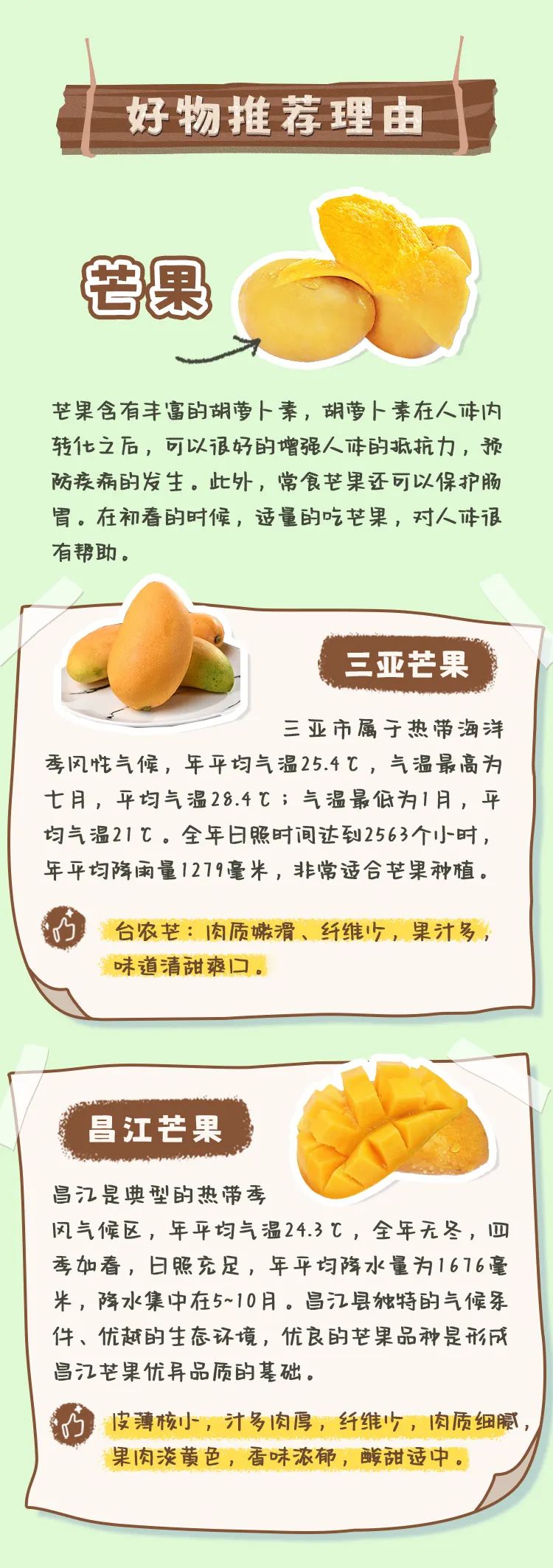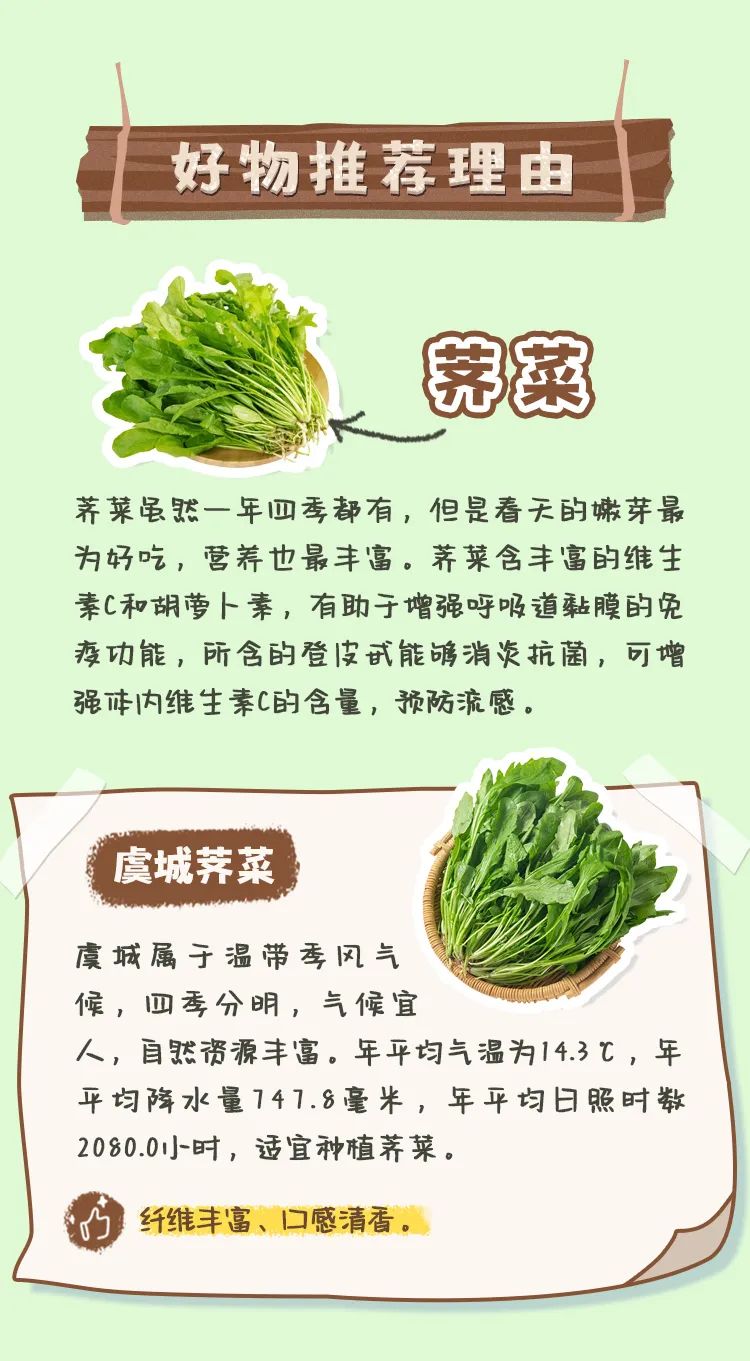The recommended map of national high-quality agricultural products is released to see what spring delicacies are available.
"The light rain brings new flowers, and the thunder starts." Starting today, China has entered the solar term of fright. "Sting" means "hiding", and insects hide in the soil in winter; "Surprise" means "wake up", and the spring thunder in the sky wakes up the insect. "Spring thunder scares all insects", which means that the spring thunder begins to sound at the time of the sting, awakening the stinging insects that are dormant in the ground for the winter.
In this solar term, when spring thunder suddenly rings and everything grows, what are the delicious tips of spring? Let’s take a look at the "Rural Revitalization and Good Solar Term" recommended map of national high-quality agricultural products jointly launched by China Weather Network and China Social Assistance Network.

Cherry
When Cherry, the fruit assassin, slowly disappeared in the market, China native cherry began to appear on the market. Cherry is called "the first fruit in early spring" in the north. As the saying goes, "cherries are delicious but difficult to plant", especially the high-quality varieties in big cherries, which are very demanding on many conditions such as climate, soil and water, temperature and humidity. Thanks to the suitable geographical and climatic conditions, sweet cherry has formed two concentrated world-class advantageous producing areas in China: Liaoning, which is dominated by Dalian, and Shandong, which is dominated by Yantai.

Mango
Golden skin, tender flesh and sweet juice make mangoes popular with people. Mango is native to India and Malaysia. According to research, mango was brought back to China by Master Xuanzang in the Tang Dynasty. It is recorded in the Records of the Western Regions of the Tang Dynasty that "An Boluo Fruit is rare in the world". Nowadays, mangoes are planted in Taiwan Province, Guangdong, Guangxi, Hainan, Fujian and Yunnan.

Shepherd’s purse
"The peaches and plums in the city are worried about the wind and rain, and the shepherd’s purse flowers in the stream head in spring". Entering the solar term of fright, willows spit out new things, flowers are waiting to be released, and green shepherd’s purse begins to grow out of the ridge. Shepherd’s purse has been eaten since ancient times. Its history can be traced back to the Spring and Autumn Period in the 6th century BC, and "Who says tea is bitter, it is as sweet as water" in The Book of Songs is the initial understanding of shepherd’s purse. For thousands of years, shepherd’s purse has been interpreted in a variety of ways, such as raw food, frying, simmering soup and stuffing, which can be described as one dish and a hundred flavors.

Bamboo shoots
"Bamboo shoots, bamboo sprouts, can be dishes." The definition of Erya, the earliest ancient Chinese dictionary, tells the historical origin of bamboo shoots and China cuisine. Throughout the dynasties, many literati had a soft spot for bamboo shoots, leaving many poems of praise. Huang Tingjian said that it "leaves bamboos and shoots, and when it blooms, it overwhelms salmon dishes", and Li Yu praised it as "the freshest and most beautiful thing, the first among vegetables". In modern times, the practice of bamboo shoots is varied, such as braised in oil, stir-fried, cold salad and simmered soup, all of which are delicious.

Toona sinensis
Speaking of the smell of spring, there is another thing that has to be mentioned, and that is Toona sinensis. Although the Toona sinensis on trees in most parts of the north has not germinated during the period of fright, thanks to the developed logistics and greenhouse technology, we can taste this spring flavor in advance during the period of fright. For Toona sinensis, it can be said that those who like to eat are eager to eat, and those who don’t like to eat are shunned. The rich and unique fragrance is used to cold tofu or stir-fry eggs, which are all delicious dishes for people to eat.
